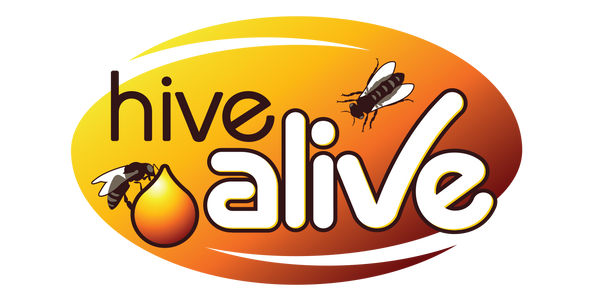Preparing Colonies for Winter Begins in Summer
Aug 22, 2025
Successful overwintering doesn’t start in October. As beekeeper and educator Fred Dunn explained in our recent HiveAlive webinar with founder Dara Scott, “you better already be preparing by the time spring hits.” This session explored the science and practice of helping colonies survive and thrive through winter. Below are the highlights - plus, you can watch the full webinar here.
Why Winter Prep Starts in Summer
Bees entering winter are only as strong as the management decisions made months earlier. Colonies need:
-
Locally adapted stock - Choosing bees suited to your climate is crucial. Southern packages may struggle in northern snow belts, while survivor stock or hygienic strains often perform better locally.
-
Correct hive size and configuration - Oversized hives leave bees with too much space to heat, while underprepared colonies risk starvation. Fred emphasized matching the hive setup to colony size for best survival chances.
Feeding Strategies for Strong Winter Bees
Nutritional planning is central to overwintering success. Both Dara and Fred highlighted how feeding choices directly influence winter bee health.
-
HiveAlive Concentrate (liquid feed supplement) - Best used in late summer through fall feeding to build long-lived winter bees. Our trials show up to 89% more bees and 40% more honey when fed in autumn and spring.
-
HiveAlive Fondant Patties - Critical when temperatures drop below ~53°F. Placed directly over the cluster, fondant ensures bees can access energy even when they can’t break cluster to reach stored honey.
-
HiveAlive High Performance Pollen Patties - Best fed before natural pollen ends in fall. These patties (with up to 15% irradiated USA pollen) support brood rearing and help produce the fat-bodied winter bees that carry colonies through the cold months.
-
EZ Feed Super Syrup - Ready-to-use syrup with HiveAlive already included, ideal for late summer and early fall feeding rounds when you need convenience.
Fred reminded beekeepers not to add fondant too early - otherwise, bees may abandon stored honey and move up prematurely, risking losses. Instead, fondant is best introduced once clusters have moved halfway through their stores.
Hive Configuration & Insulation Tips
Fred shared practical insights from his Pennsylvania apiary in the snow belt:
-
Keep entrances small (⅜” × 3”) year-round to reduce robbing pressure from wasps and other colonies.
-
Favor a condensing hive model - single entrance, no top venting - to mimic natural tree cavities and help bees regulate heat and moisture.
-
Use insulated inner covers and consider feeding shims to allow both fondant and liquid feed access when temperatures permit.
Timing Treatments & Monitoring Colony Health
Strong winter bees are raised in late summer and early fall. Fred emphasized:
-
Varroa mite management - Reduce mite loads before winter bees are produced. Many beekeepers treat in August/September to protect developing winter bees.
-
Protein monitoring - Check brood food in cells. If larvae appear dry, colonies may be protein-deficient and benefit from supplemental pollen patties.
-
Observation tools - Thermal imaging and careful inspections help confirm cluster location and food availability through winter.
Key Takeaways for Beekeepers
-
Start winter prep in spring and summer, not just fall.
-
Match bees and hive setups to your local climate.
-
Use the right feeding strategy at the right time - liquid in fall, fondant in cold winter, pollen patties for brood buildup.
-
Manage Varroa mites early to protect winter bees.
-
Insulation and proper entrances make a big difference in survival.
Watch the Full Webinar
This article only scratches the surface. For real-world strategies, product tips, and in-depth discussion from Dara Scott and Fred Dunn, watch the full webinar here.
HiveAlive is proud to support beekeepers with scientifically proven supplements designed to help colonies thrive year-round. More bees. More honey. Better overwinter survival.
